
Growing your Discord server in 2023 is like trying to make your voice heard in a crowded stadium. With over 19 million servers and over 150 million monthly active users, it takes more than just setting up a server and hoping people will show up to stand out.
That’s where community partnerships come in.
Partnership strategies have helped servers like The Stockmarket grow from 0 to 25,000 members in less than a year. Why? Because partnerships tap into existing communities rather than trying to build one from scratch.
This guide will show you exactly how to find possible partners, create partnership proposals that are accepted, and put cross-promotion tactics into action that genuinely increase the number of members. Let’s get started.
Understanding the Power of Discord Partnerships
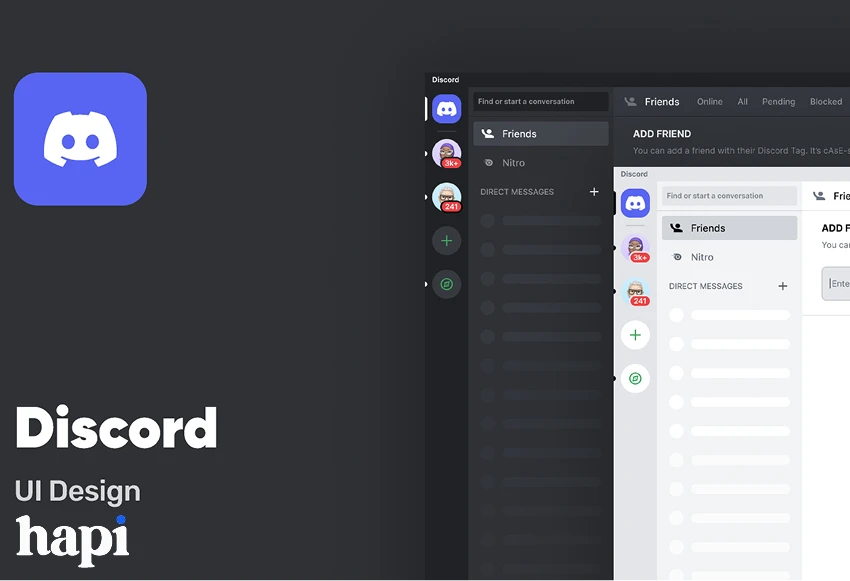
Discord partnerships aren’t just casual shoutouts between servers. They’re strategic alliances that create mutual benefits for both communities.
According to Discord growth statistics, servers that engage in active partnerships grow 3-5x faster than those relying solely on organic discovery or paid promotion. Why? Partnership-driven growth brings in pre-qualified members who are already familiar with Discord’s interface and community dynamics.
Unlike other growth tactics like social media promotion or paid advertising, partnerships deliver members who:
– Are already active Discord users
– Have demonstrated interest in similar topics
– Understand community norms and expectations
A study by Discord growth expert Kenny Novak found that members who join through partnerships have a 68% higher retention rate than those from external platforms like Reddit or Twitter.
5 Types of Effective Discord Server Partnerships
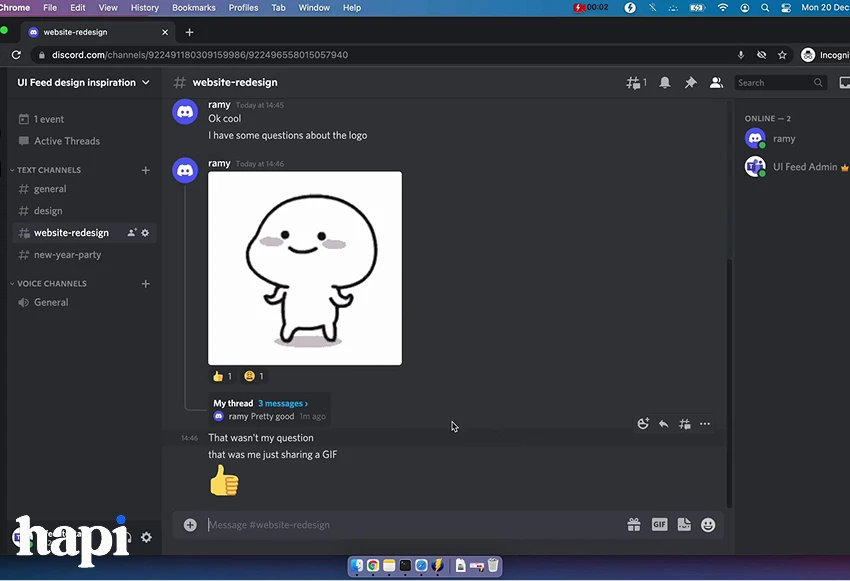
Content Creator Collaborations for Immediate Growth
Content creators with established audiences offer perhaps the fastest route to new members. When a respected YouTuber, streamer, or social media personality endorses your server, their followers listen.
Case in point: When gaming creator “Sykkuno” mentioned a Valorant strategies server during his stream, the community gained over 2,000 members within 24 hours.
The keys to successful creator partnerships:
– Target creators whose audience closely matches your ideal server members
– Offer genuine value to the creator beyond exposure (custom roles, early access, etc.)
– Create exclusive content or events specifically for their community
Industry-Specific Server Alliances That Drive Engagement
Partnering with non-competing servers in your niche creates powerful growth synergies. For example, a graphic design learning server might partner with a typography community or an Adobe tutorial server.
The Statistics Hub, a server focused on data science, grew from 500 to 8,000 members by forming alliances with six complementary tech learning communities.
When forming industry alliances:
– Look for servers that share your audience but serve different needs
– Create clear pathways for members to move between communities
– Develop shared resources that demonstrate both servers’ expertise
Educational Community Exchanges That Add Value
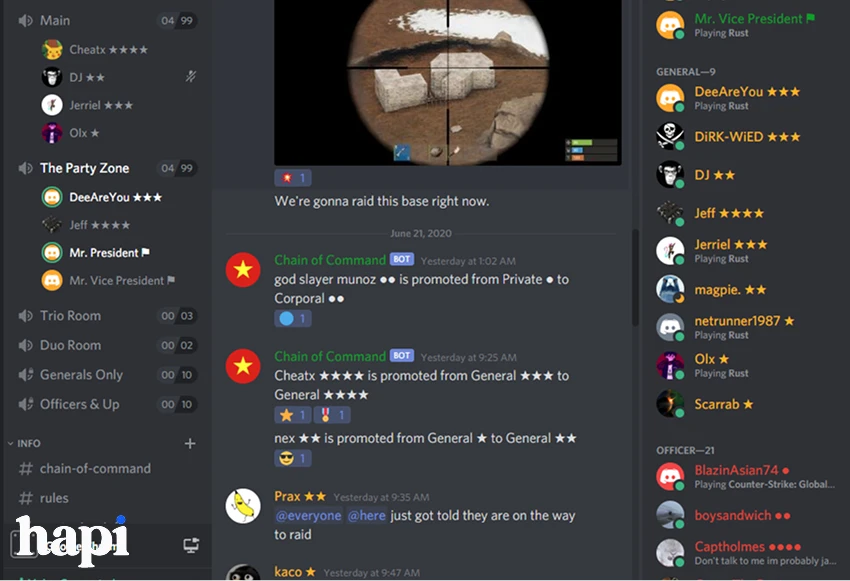
Knowledge-sharing partnerships work exceptionally well for growth because they’re built on delivering tangible value.
The Programming Hub implemented weekly cross-server AMAs (Ask Me Anything) with partnered coding communities, resulting in a consistent 5-8% membership growth month-over-month.
Effective educational exchanges include:
– Joint workshops or tutorial sessions
– Shared resource libraries or tool collections
– Cross-community mentorship programs
– Collaborative learning challenges
Gaming Clan Partnerships for Activity Boosts
Gaming servers benefit tremendously from partnerships with other gaming communities. These arrangements typically center around joint events, tournaments, or challenges.
The Apex Legends Strategy server grew to 15,000+ members primarily through hosting “Partner Battle Royales” where multiple Discord communities competed against each other.
For gaming partnerships, focus on:
– Creating fair competition structures that benefit all participating servers
– Establishing clear rules for recruitment between communities
– Developing unique cross-server roles and permissions for participants
Brand and Business Collaborations Worth Pursuing
Don’t overlook partnerships with brands related to your community’s interests. These collaborations often bring resources beyond just member growth.
By collaborating with keyboard manufacturer Drop, the Mechanical Keyboard Enthusiasts server was able to provide members exclusive discount codes, product giveaways, and designer AMAs, all of which contributed to a 43% increase in membership.
When approaching businesses:
– Research their existing community engagement strategies
– Present specific collaboration ideas, not just generic partnership requests
– Quantify your server’s engagement metrics and demographic information
How to Identify Potential Partner Communities
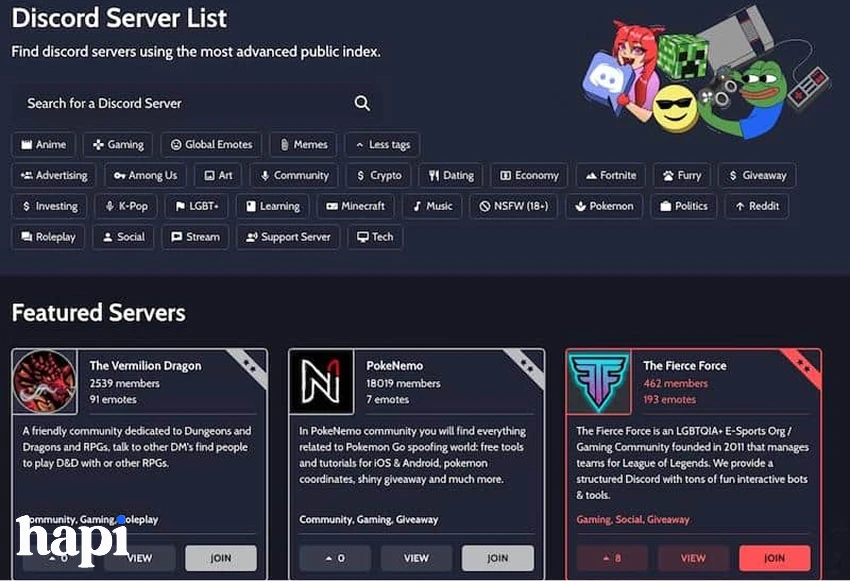
Researching Complementary Discord Communities in Your Niche
Finding the right partners starts with thorough research. Use these approaches to build your list of potential collaborators:
1. Discord server listing sites like Disboard.org and Top.gg
2. Subreddits related to your server’s topic
3. Discord server hashtags on Twitter and Instagram
4. YouTube description boxes of content creators in your niche
5. Asking your existing members what other servers they participate in
For instance, a cryptocurrency trading server discovered its most successful partnership opportunities by simply polling current members about other finance communities they valued.
7 Key Metrics to Evaluate Before Approaching Partners
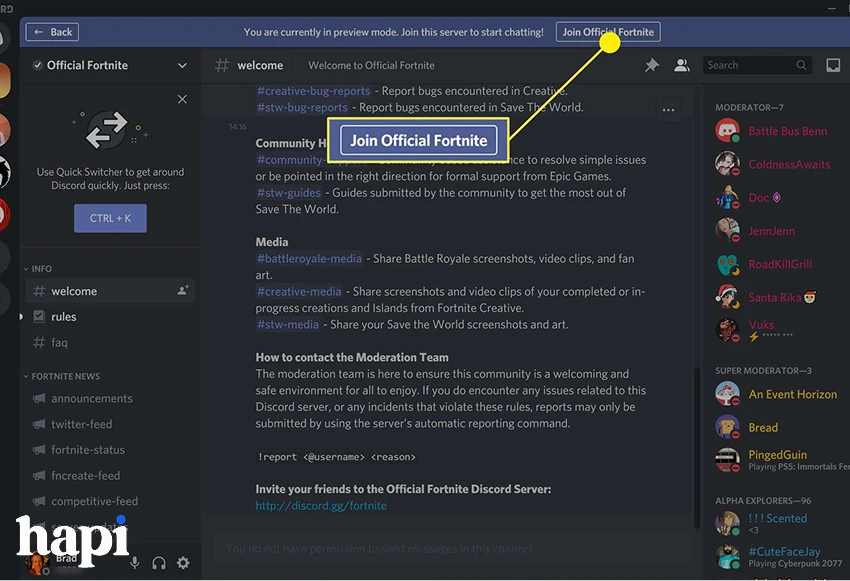
Not all active servers make good partners. Evaluate potential collaborators against these metrics:
1. Member count: Ideally within 30-300% of your server size
2. Message activity: Average daily message count (Discord Insights provides this)
3. Growth trajectory: Stable or growing membership over time
4. Moderation quality: Well-structured rules and active moderation team
5. Content quality: Valuable and relevant discussions happening regularly
6. Community tone: Similar communication style and values to your server
7. Existing partnerships: How they present and integrate current partners
The Indie Game Developers server uses a partnership scoring system based on these metrics, only pursuing communities that score at least 25/35 points.
Using Discord Discovery Features to Find Collaboration Opportunities
Discord’s built-in discovery features provide excellent partnership prospecting:
– Use Server Discovery to find communities with similar tags
– Join Discord partner programs and networking servers
– Utilize Discord’s “Related Servers” suggestions when available
The Music Production Hub found their most successful partners through Discord’s community program, connecting with other verified music communities.
Tools for Analyzing Server Compatibility and Audience Overlap
Several tools can help assess potential partnership fit:
– Discord Insights (native analytics for Community servers)
– ServerStats bot for detailed activity metrics
– Statbot.net for comprehensive server analytics
– Member.buzz for audience overlap analysis
The Digital Marketing server used Member.buzz to identify a 42% audience overlap with a Content Creation community, resulting in their most successful partnership to date.
Creating an Irresistible Partnership Proposal
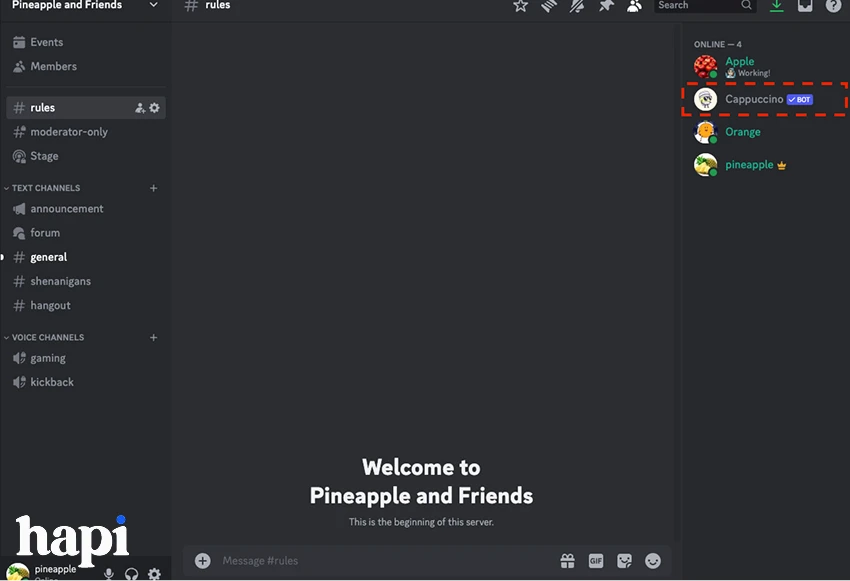
Crafting Value Propositions That Benefit Both Communities
The most successful partnership proposals focus on mutual benefit. Your pitch should clearly outline:
1. What makes your community unique and valuable
2. Specific benefits the partner community will receive
3. What you’re looking for in return
4. How the partnership supports both servers’ goals
The Financial Freedom server’s partnership proposal template includes a “Value Exchange Matrix” that visualizes benefits for both communities across multiple categories.
Designing Customized Partnership Packages for Different Servers
One-size-fits-all partnership proposals rarely succeed. Create tiered partnership packages based on server size and alignment:
– Starter partnerships: Simple cross-promotion and shared channels
– Growth partnerships: Joint events and content collaboration
– Strategic alliances: Deep integration with shared roles and exclusive access
The Freelance Designers network offers three distinct partnership tiers, resulting in a 78% proposal acceptance rate compared to their previous 23% with generic requests.
How to Present Your Server Analytics Effectively
Data strengthens your partnership proposals. Include these key metrics:
– Member growth rate (monthly percentage increase)
– Daily active users (DAU) and engagement statistics
– Demographic information of your community
– Sample content highlights and event participation rates
The Photography Enthusiasts server creates one-page “Community Snapshot” PDFs with key metrics and content highlights for potential partners.
Communication Templates That Get Positive Responses
When reaching out to potential partners, follow these messaging best practices:
1. Address the server owner or partnership manager by name
2. Reference specific aspects of their community you admire
3. Keep initial outreach under 150 words
4. Include a clear call to action (typically a request to discuss further)
5. Offer multiple communication channels (Discord DM, email, etc.)
The Game Development Mentors community uses a three-stage messaging sequence that achieved an 82% response rate from potential partners.
Implementing Successful Cross-Promotion Strategies
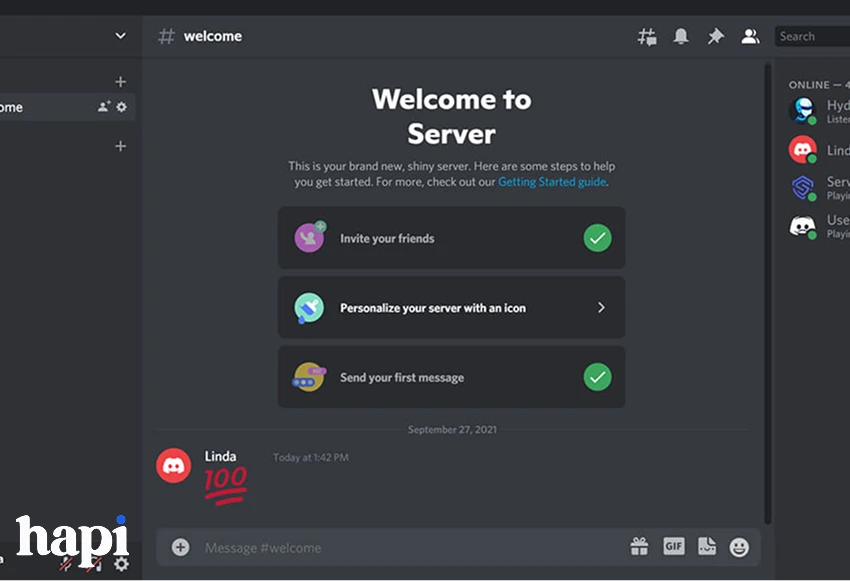
Setting Up Dedicated Partnership Channels That Convert
Partnership channels require strategic design to effectively drive member migration:
1. Create a visually distinct partnership channel
2. Pin detailed information about each partner community
3. Highlight current partner events and opportunities
4. Set clear rules prohibiting partnership spam
5. Regularly clean and update outdated partnership information
The Web Development community implemented animated partnership announcements and server previews, increasing cross-server joins by 67%.
Joint Events That Drive Member Migration Between Servers
Collaborative events create natural pathways for members to join both communities:
– Cross-server tournaments or competitions
– Shared workshops or learning sessions
– Multi-community panels or discussion events
– Combined holiday or seasonal celebrations
The Anime Fans collective grew all participating servers by coordinating “Convention Weekend” virtual events that spanned multiple anime communities.
Collaborative Content Creation Opportunities Worth Exploring
Content collaboration delivers value while introducing members to partner communities:
– Co-created guides or resource collections
– Joint podcasts or voice chat sessions
– Shared project showcases or galleries
– Cross-community challenges with shared results
The Digital Artists Network and 3D Modeling Masters servers alternated hosting weekly design challenges, resulting in a 28% membership overlap between communities.
Cross-Server Role Benefits That Encourage Membership
Special roles and permissions incentivize members to join partner communities:
– Partner-verified roles with special permissions
– Cross-server recognition systems
– Exclusive access channels for members of both communities
– Accelerated rank progression for partner community members
The Programming Languages consortium implemented a “Multi-server Expert” role system, resulting in 34% of members joining at least three partnered communities.
Measuring the Success of Your Partnership Efforts
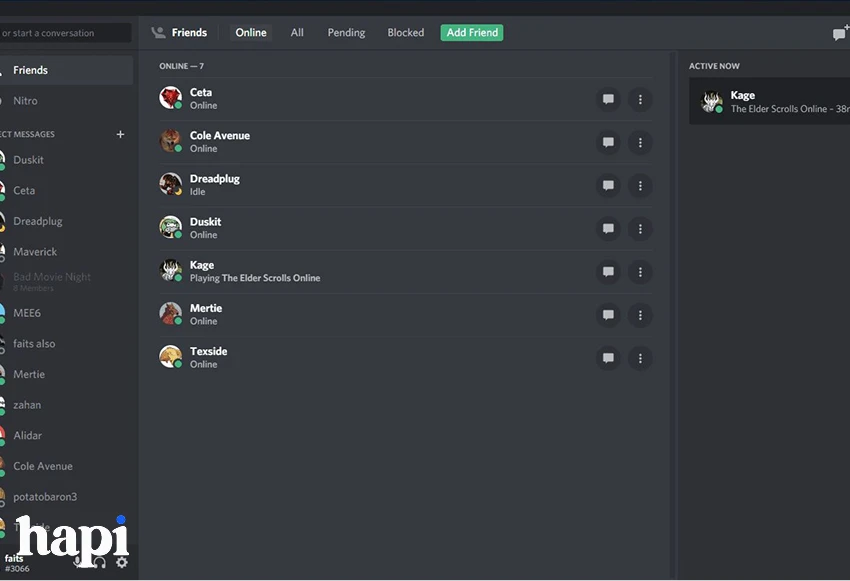
Essential Discord Analytics to Track Partnership Performance
Focus on these metrics to evaluate partnership effectiveness:
– Incoming member sources (use custom invite links)
– Retention rates of members from different partners
– Cross-server activity levels
– Partnership channel engagement statistics
– Event participation from partner community members
The Stock Trading community tracks these metrics in a monthly “Partnership Performance Dashboard” that guides their collaboration strategy.
Setting Realistic Growth Goals for Different Partnership Types
Set appropriate expectations based on partnership category:
– Content creator partnerships: 5-15% membership boost in first week
– Industry server alliances: 2-5% monthly growth sustained over time
– Educational exchanges: 1-3% growth with 50%+ retention rates
– Gaming partnerships: Event-based spikes of 3-8% with variable retention
– Brand collaborations: Modest growth but higher engagement quality
The Language Learning Hub sets different KPIs for each partnership category, allowing for more accurate performance assessment.
When to Revise or End Underperforming Partnerships
Not all partnerships will succeed. Establish clear criteria for when to adjust or end collaborations:
– Less than 0.5% membership growth after 30 days
– Negative feedback from existing members
– Noticeable culture conflicts between communities
– Partner violations of agreed-upon promotion terms
– Gradual decline in cross-community engagement
The Music Production server reviews partnerships quarterly and has a structured “partnership sunset” process that maintains good relations even when ending collaborations.
Success Stories: Case Studies of Effective Discord Partnerships
The Coding Bootcamp Community Partnership Network:
A coalition of six programming-focused servers implemented a shared event calendar and resource library, resulting in 40-65% membership overlap and consistently high engagement across all communities.
The Fantasy Authors Alliance:
Three writing servers with different focuses (worldbuilding, character development, and publishing advice) created interconnected communities with distinct expertise, growing each server by 35-60% within three months.
Avoiding Common Partnership Pitfalls and Problems
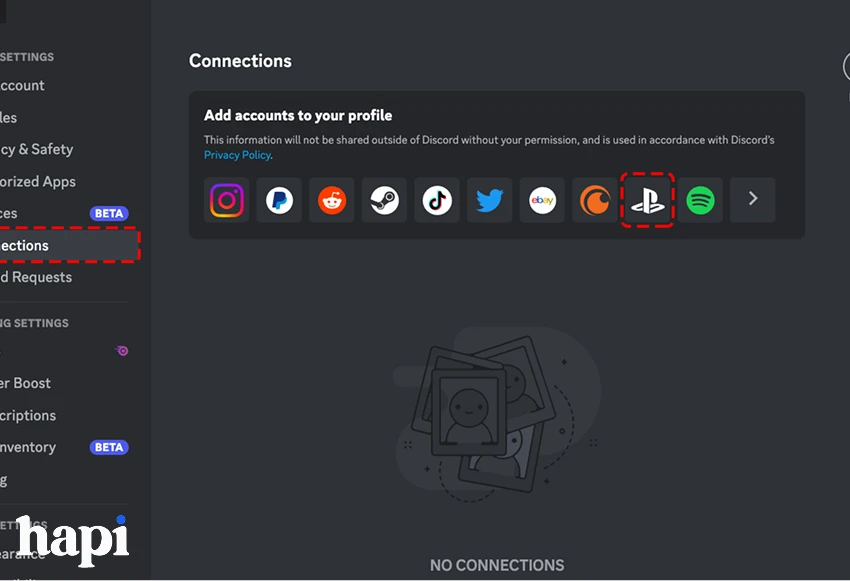
How to Handle Partner Conflicts Professionally
Partnership disagreements are inevitable. Address them with these approaches:
1. Document all partnership agreements in writing
2. Designate specific moderators as partnership liaisons
3. Establish a clear conflict resolution process
4. Address issues privately before involving community members
5. Create an exit strategy for partnerships that need to end
The Cryptocurrency Investors server maintains a “Partnership Code of Conduct” that all collaborating communities agree to.
Preventing Server Culture Clashes During Member Influx
Rapid membership growth through partnerships can disrupt community culture. Protect your server’s identity by:
– Creating comprehensive onboarding for new members
– Temporarily increasing moderation during partnership launches
– Using slow mode in key channels during high-growth periods
– Hosting “community culture” events that reinforce values
– Surveying existing members about changes they observe
The Film Photography server implements a “Community Preservation Protocol” during major partnership launches.
Maintaining Quality Community Experience During Growth
Growth shouldn’t compromise quality. Preserve experience through:
– Adding moderators proportional to membership growth
– Creating specialized channels for different interest segments
– Implementing level-based access to manage channel overcrowding
– Scheduling events across multiple time zones to accommodate growth
– Using community feedback tools to monitor satisfaction
The Home Cooking Collective doubled their moderation team ahead of a major partnership launch, maintaining their high engagement quality despite adding 4,000 members in a week.
Conclusion and Next Steps
It takes more than random shoutouts or fake connections to grow your Discord following through collaborations. It’s about creating deep connections that genuinely benefit both groups.
The most successful Discord collaborations are based on shared audiences, complementary skills, and objectives for growth. Through accurate partner selection, customized proposal, and strategic cross-promotion, you can reach long-term server growth while keeping the distinctive culture of your community.
Begin by finding three to five possible partner communities that closely match the audience and goal of your server. Research them properly, build a personalized value pitch, and reach out with a unique collaboration concept rather than a generic partnership request.
Keep in mind that the most successful collaborations increase the value of your community for all parties involved, not simply the number of members.


